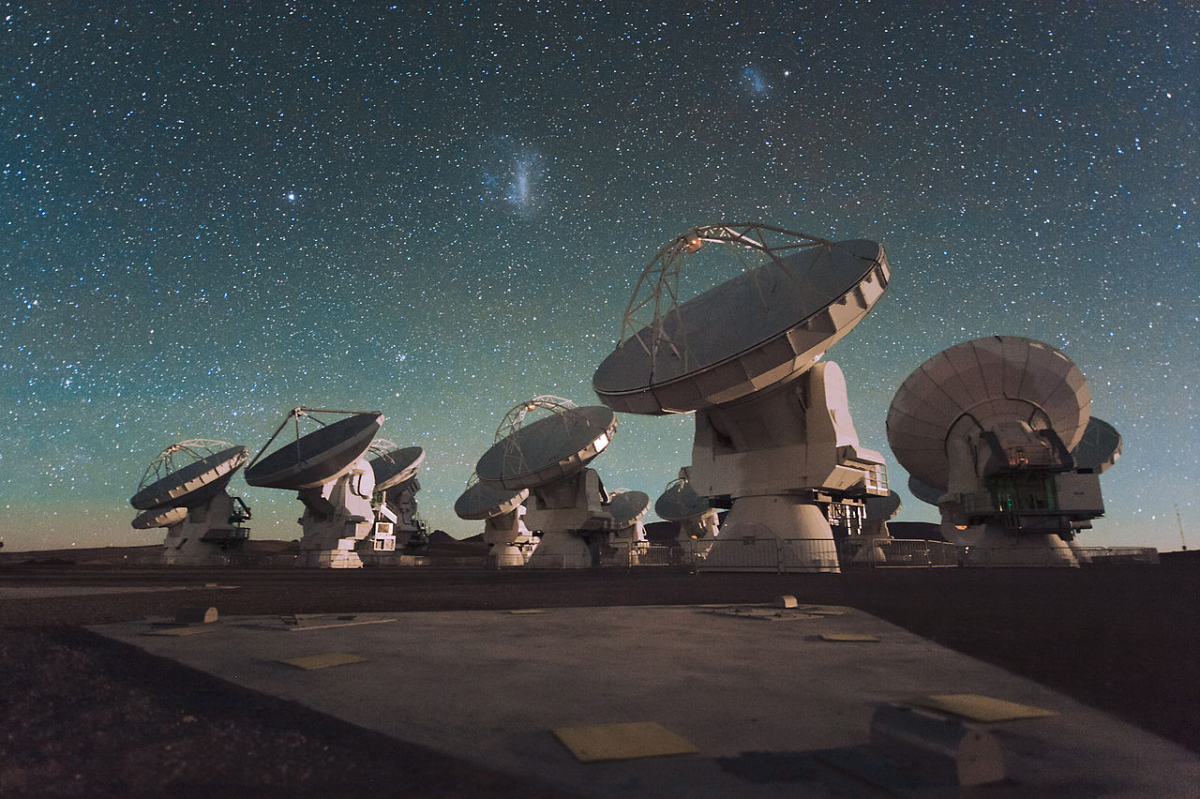The Hubble Telescope and Alma solve dead galaxy puzzles
NASA’s Hubble Telescope has solved another star puzzle. After that, galaxies stop producing stars when the gas tap is turned off.
A team of researchers from universities in the USA, Canada, Denmark and France used a kind of trick to find out why galaxies, which should have been at the height of their creative powers, suddenly stop producing stars. This trick is to focus on galaxies that are so far from Earth that everything we see live on the lenses of our space telescopes actually happened billions of years ago.
To answer the question of why galaxies are dying, the team targeted six cosmic bodies ten to twelve billion light years away from Earth. A combination of two high-performance telescopes and a special lens were used.
With the help of the NASA veteran named Hubble, who has orbited the earth since the 1980s, and the Atacama Large Millimeter / submillimeter Array (Alma), an international radio telescope observatory in the northern Chilean Andes, the researchers investigated the processes in the far distant galaxies as if in a kind of time travel.
The galaxy seen here in the middle is ten billion light years away from Earth. (Image: ESA / Hubble & NASA, A. Newman, M. Akhshik, K. Whitaker)
A gravitational lens helped them to amplify the collected light. Because the lens’ viewing angle moved along a line that was lined with hundreds of other galaxy clusters whose gravitational pull was strong enough to pull and stretch the rays of light from the six observed galaxies on their way to Earth. This allowed the team to see details that Hubble would otherwise have overlooked.
Alma, in turn, used these details to examine the galaxies for their cold gas content. Cold gas is considered a real star fuel and, according to unanimous scientific opinion, is said to have been abundant in the early universe – shortly after the Big Bang about 14 billion years ago. The team suspected that there might have been a shortage of cold gas in inactive galaxies.
This suspicion has now been confirmed. Combining the data from the two sky observation instruments showed that some of the early galaxies ran out of star fuel shortly after their formation. It is not entirely clear, however, why these galaxies ran empty so quickly. It is also conceivable that something prevented them from getting supplies, according to the researchers in a paper published in the science journal on Wednesday Nature has been published.



